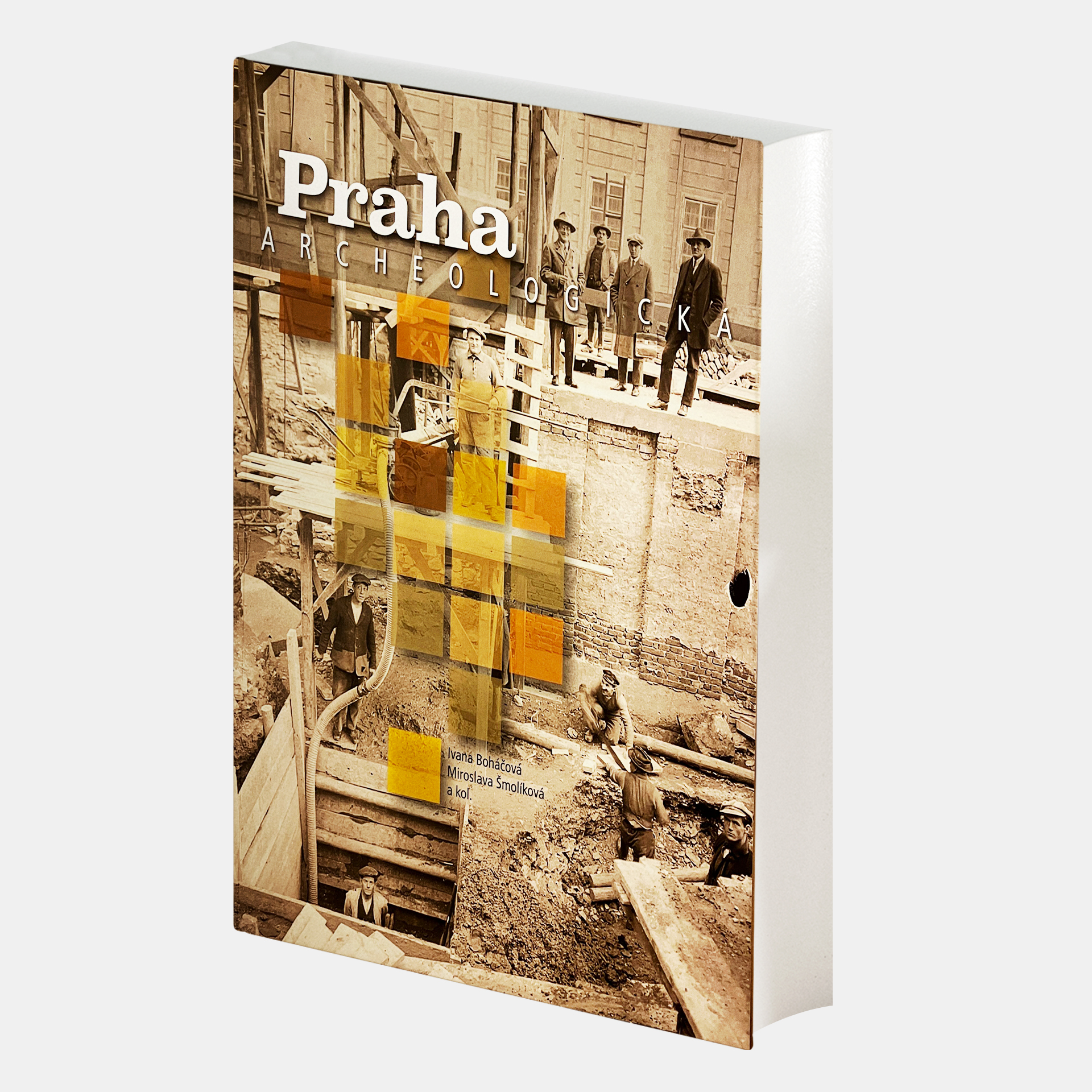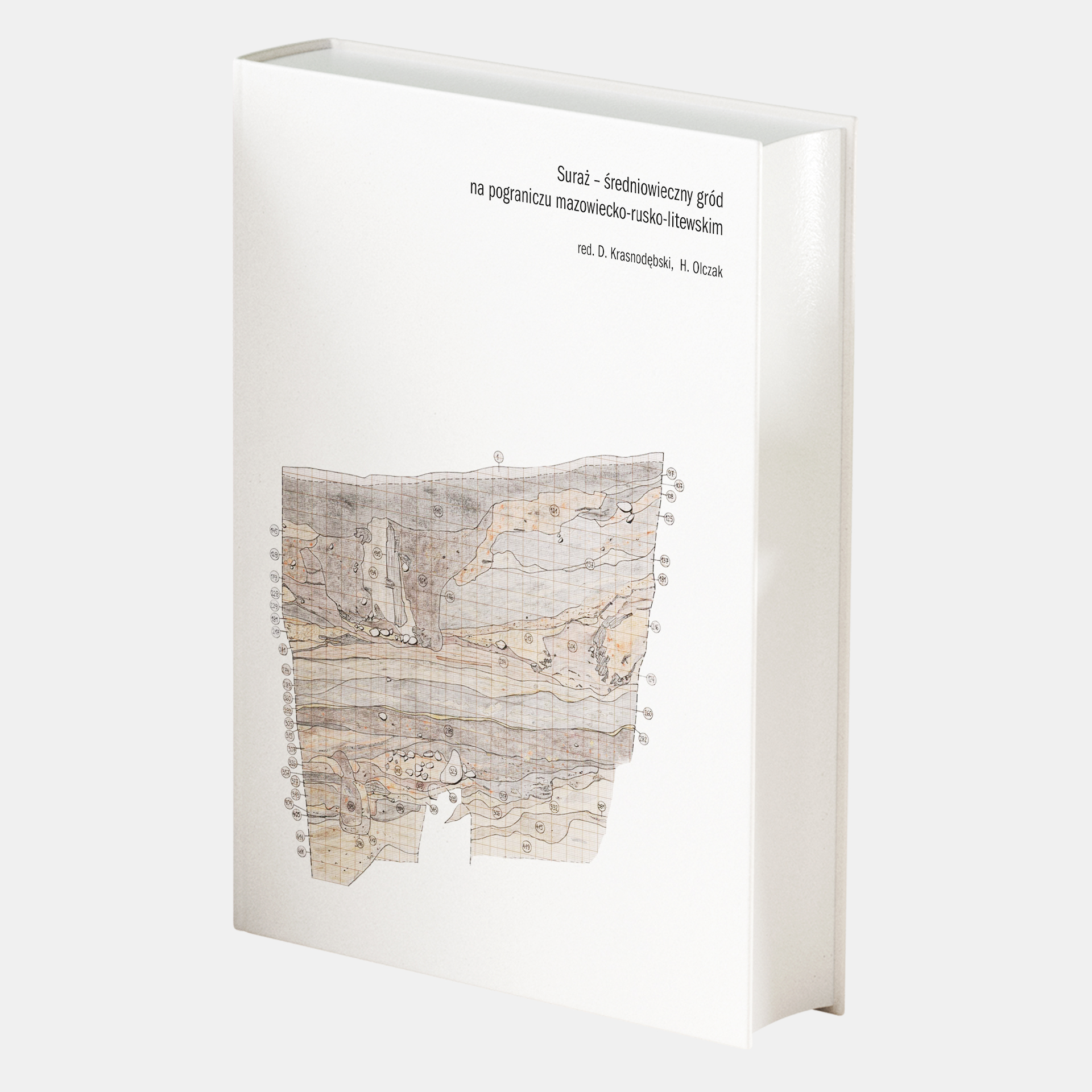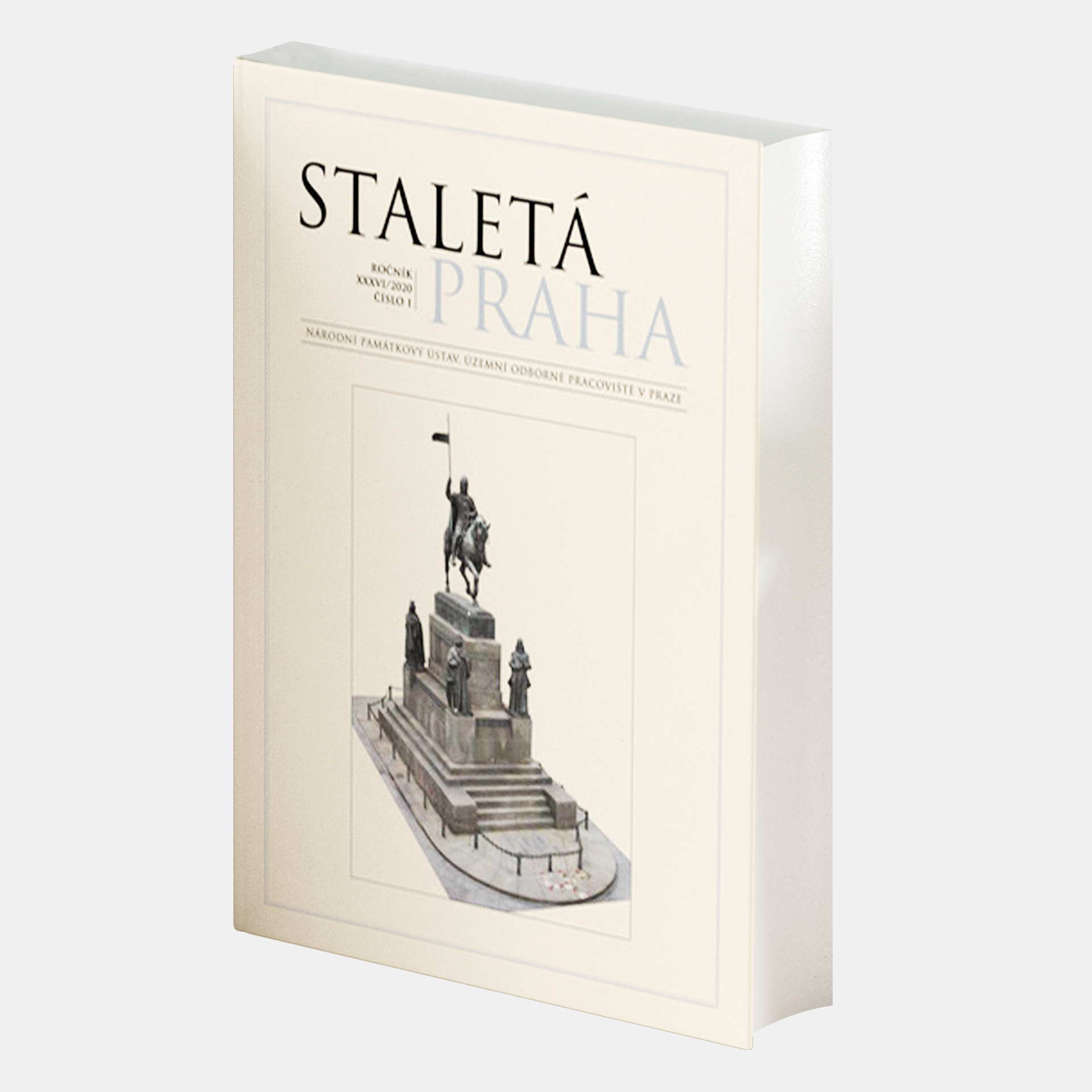Your cart is currently empty!
Contents of the Issue
Research:
Petr Rataj
Newly discovered Neolithic settlement in Krnov – Petrovická St.
The article deals with the newly discovered locality Krnov – „Petrovická“, which was discovered during the archaeological works on the construction of the North-East bypass of the town of Krnov: „I / 57 Krnov“. The article includes analyses of findings and their context. The results of the analysis are then compared with the Neolithic and Eneolithic settlements in the vicinity of the locality Krnov – “Petrovická”. Furthermore, the author deals with a summary of archaeological researches from this micro-region and especially in the localities Krnov – Červený Dvůr, Úvalno, Krnov – „Gemeindeberg“, Bliszczyce and Branice.
Jacek Pikulski, Marek Trojan, Mateusz Woźniak
Odkrycia na stanowisku z późnego okresu średniowiecza i czasów nowożytnych w miejscowości
The purpose of this publication is to disseminate discoveries made in the area of archaeological site no. 5, located in Zagórzyce, pov. Kazimierza Wielka, voivodeship Świętokrzyskie. The results of the research conducted there allowed us to establish a chronological framework for the functioning of this settlement from the late Middle Ages to the post-medieval and modern periods. The information obtained as a result of the research confirms that in the past a landed estate of Polish nobility (manor house) and folwark existed in this village. As a result of the work, large series of artifacts related to the times of existence of this settlement complex were discovered and recorded. Among the finds, the largest group of artifacts are numismatics made of various precious and semi-precious metals, utility items such as ceramics and other metal objects. The finds include fragments of stove tiles, most likely from heating devices in the buildings, fragments of pottery, numerous lead bullets for black powder weapons, metal fittings and individual items of personal equipment of the former inhabitants of the site. It should be noted that to date it has not been possible to conduct an in-depth historical query in written sources, concerning site 5 in Zagórzyce.
Ewa Lisowska, Sylwia Rodak, Łukasz Melski
Sprawozdanie z badań na osadzie wczesnośredniowiecznej w Braszowicach stan. 8, pow. Ząbkowicki
The article discusses the results of archaeological research conducted in August and September of 2016 at site no. 8 in Braszowice (Lower Silesia). The goal of the research was to verify the existence of an early medieval settlement, traces of which were discovered through surface prospection. During the excavation, nine test pits were dug, but only one revealed two features associated with early medieval settlement (9th-10th century). The findings included fragments of pottery, Mesolithic flint tools, and artifacts from the Modern and Contemporary periods. The ceramic materials demonstrated a local production style, and their dating indicates intensive use of the site during the early Middle Ages. The research results suggest that the site may have functioned as a stopover point along a trade route leading through the Sudetes to Prague. The article also highlights problems associated with the interpretation of the site’s nature due to its transformation by later agricultural
Artifacts:
Tomasz Kozłowski, Mikołaj Dobek, Urszula Sieńkowska
Świadek codzienności – patynka z elbląskiej starówki
The article focuses on discussing medieval and early modern protective footwear known as pattens, using an artifact discovered during archaeological research conducted in Elbląg’s Old Town in 2022 as an example. These items, typically made of wood, were designed to enable movement over muddy sidewalks, preventing leather footwear from coming into contact with wet surfaces. Over the centuries, this footwear evolved, as reflected in changes in construction and the selection of materials. During the aforementioned archaeological research, several pattens were uncovered. One example, described in detail in the article, is notable for its well-preserved structure. The analysis of this artifact provides insights into the item’s form, production, and use, as well as indirectly shedding light on the patten’s owner, including potential postural defects.
Małgorzata Grupa, Hanna Ciszak, Dawid Grupa, Mariusz Ciszak
Niski but z bocznym wycięciem z Przedmieścia Chełmińskiego w Toruniu z XVII wieku
During research conducted in the former suburbs of Toruń as part of the construction of the European Film Center CAMAREIMAGE building (2023–2024), a significant collection of fabrics and leather fragments (shoes, gloves, and possibly parts of clothing) were uncovered alongside ceramics, wood relics, bones, and metal artifacts. In a few cases, shoe elements were found to be coherent, which facilitated the determination of their shapes and dating. One such example was a nearly complete low shoe with a side cut, fastened across the instep, and mounted on a leather – composite heel. During conservation treatments, signs of wear were observed on both the vamp, the sole (outer and inner), and the heel. Analysis of the material and method of construction (stitching, openwork ornamentation) indicates that the shoe belonged to luxury products. Iconographic analysis of Europe suggests it was worn with a doublet and breeches. In Toruń, this type of attire was likely worn by wealthy members of the Protestant bourgeoisie.
Michał Lis, Jakub Rąpała
Świstunek, przykład fletu naczyniowego z badań archeologicznych, Wawel Międzymurze, rejon VIII.
Folk wind instruments are one of the elements that shape local culture. These objects, in the form of pipes and vessel flutes, are mainly known from preserved ethnographic materials or from descriptions and illustrations made by 19th-century researchers. However, fragments of such artifacts are spontaneously discovered in archaeological layers. The text presents an example of a complete vessel flute, recovered from the Międzymurze area during archaeological excavations conducted in 2023 at the Royal Castle on Wawel Hill.
Only logged in customers who have purchased this product may leave a review.






Reviews
There are no reviews yet.